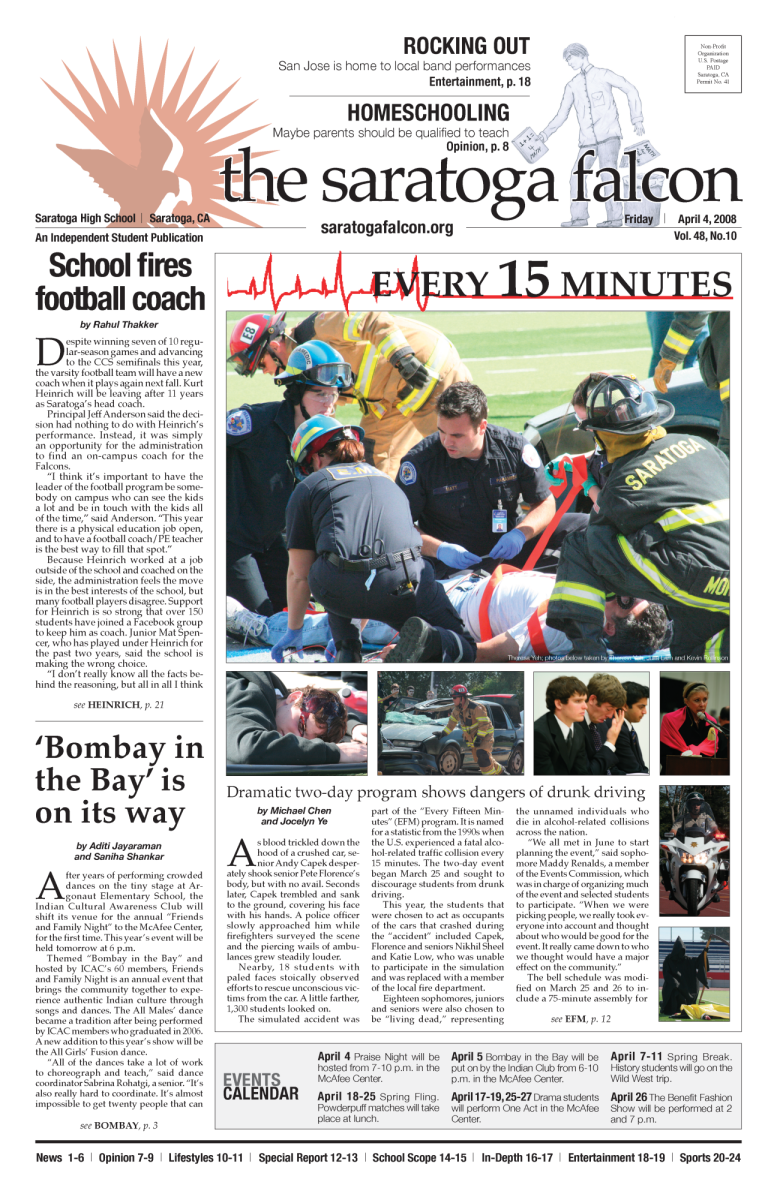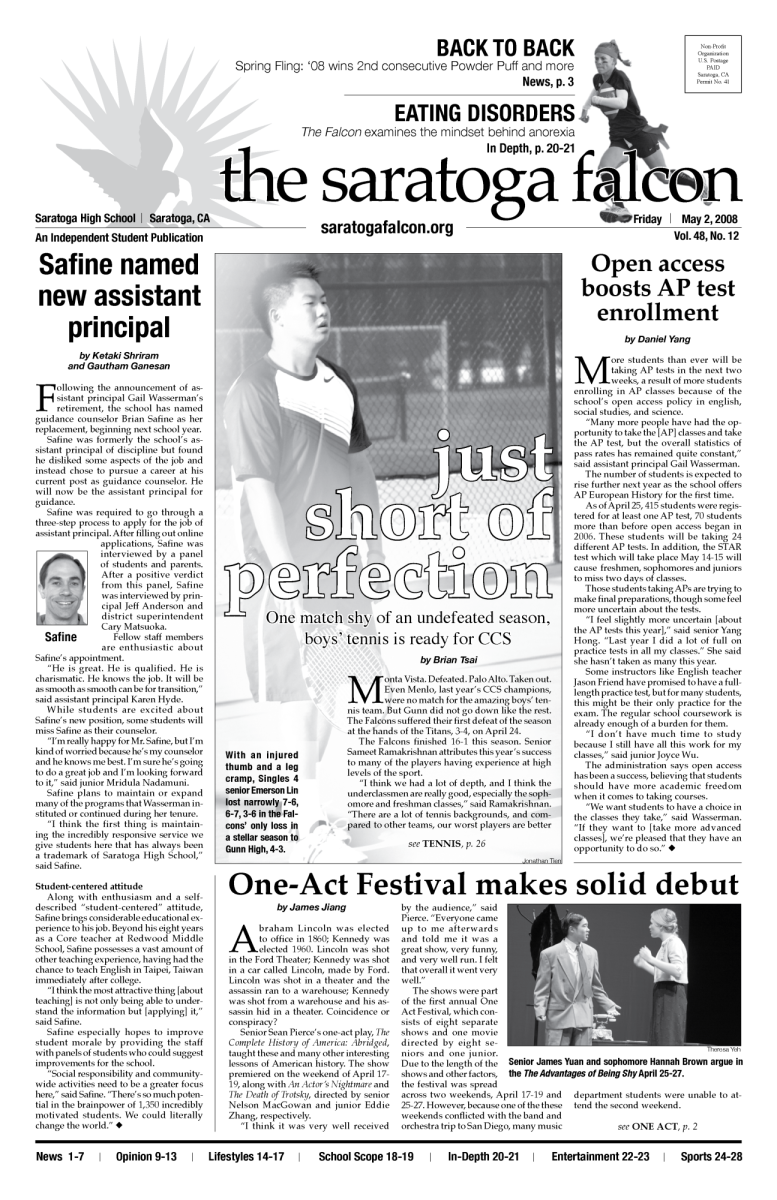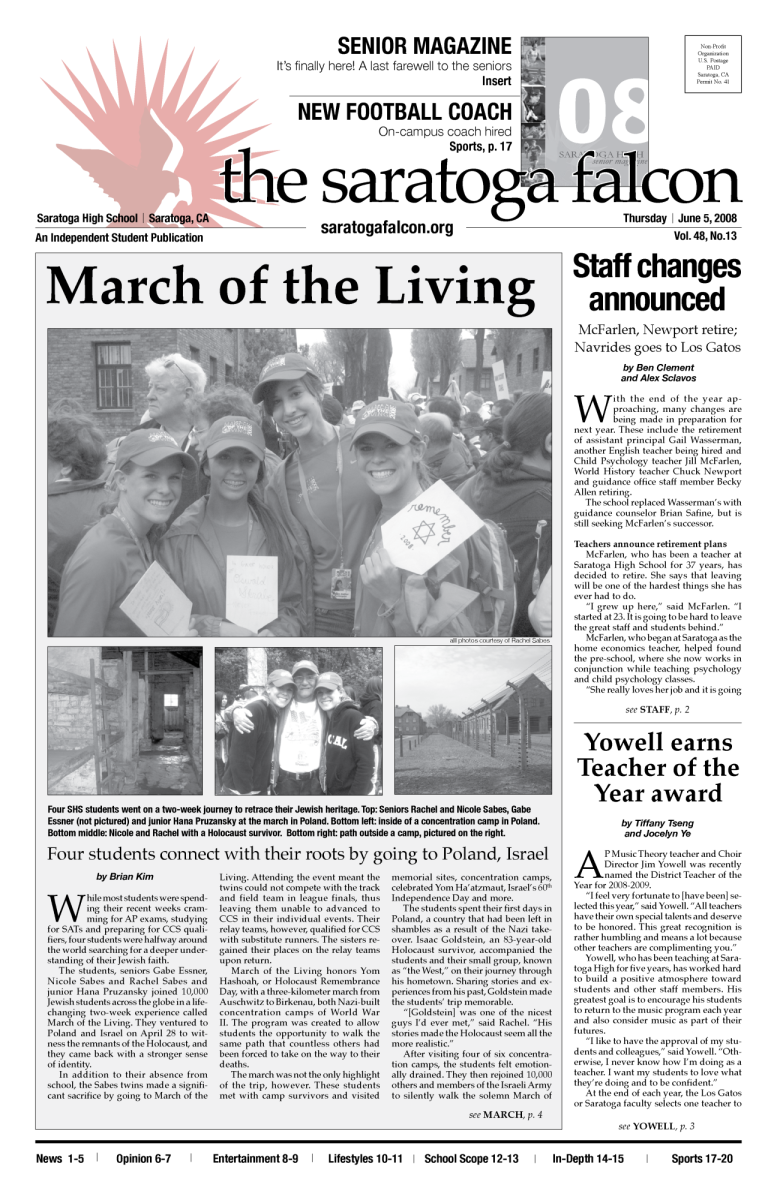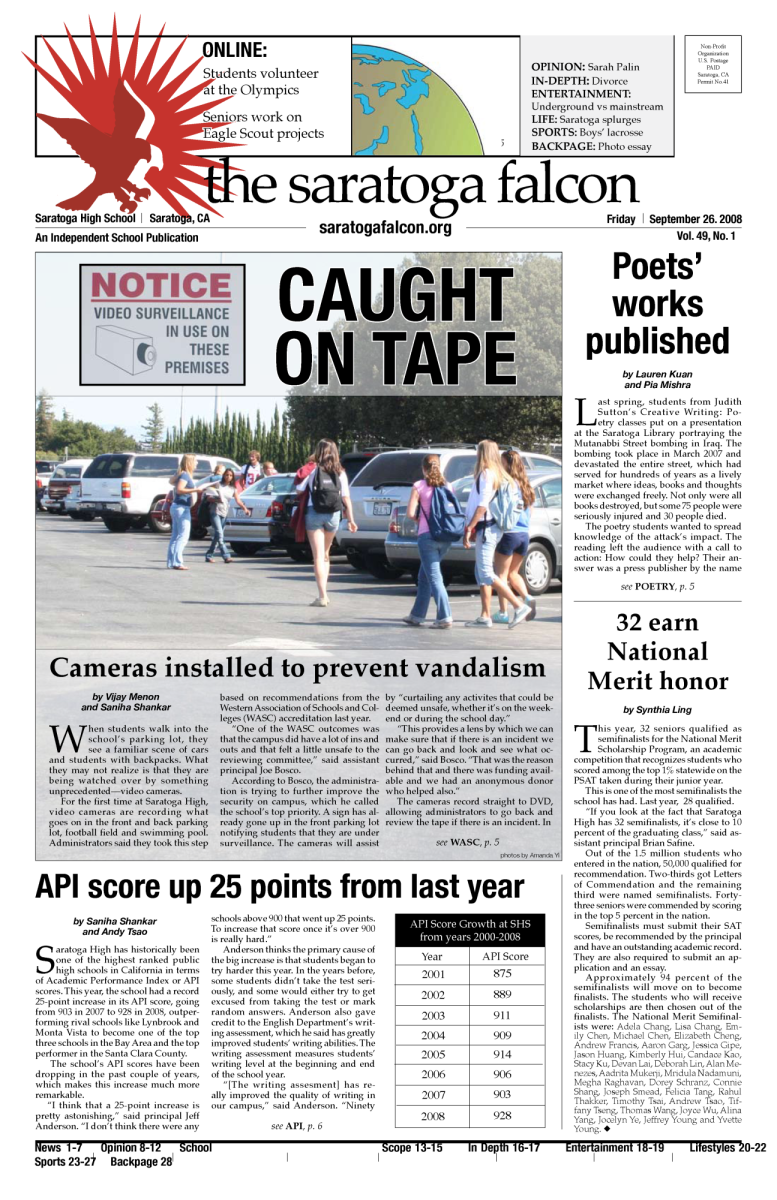Satellite images looking down upon the Bay Area make it clear that the bustling lights of downtown Los Gatos dwarf those of Saratoga even though both towns have similar populations of around 30,000 residents.
However, the streets of downtown Saratoga were not always so empty. In fact, these streets once harbored rows of stores that attracted crowds of customers.
According to Ernest Kraule, a Saratoga resident whose family moved from San Francisco in the 1940s, downtown then was “very versatile,” with many essential services like a library, two restaurants and three grocery stores. He remembers the days when the 1939 classic “Gone with the Wind” played in the theater down on 3rd Street.
A former fire chief, Kraule had also volunteered for the fire department, which has remained a part of downtown and developed into the Saratoga Fire Station that stands today.
Prior to the introduction of Safeway on Saratoga-Sunnyvale Road in the 1960s and later the development of the Argonaut Shopping Center, residents of Saratoga would go to downtown to shop and run errands.
Over the decades, however, the shopping location and marketplace of Big Basin Way gradually became rows of lonely or forgotten cafes and restaurants, said Kraule, who volunteers at the Saratoga Historical Foundation. The once-frequented clothing boutiques, paint stores, auto repair garages, pool hall and hotel that had served Saratoga’s residents in the ‘50s disappeared and become obsolete as other communities grew and shoppers could have their needs met elsewhere.
Now, rather than going to their own town when looking for leisure or adventure, many Saratogans prefer places like downtown Los Gatos, which features narrow alleys and antique street lamps almost identical to those of Saratoga. The big difference between the downtowns is Los Gatos’ greater selection of shops and their popularity. Those shops include Los Gatos Cafe, Manresa, an Apple store and Dio Deka.
Juniors Nicholas Di and Ashok Mohan say teens see Los Gatos as a place for young people and Saratoga as a place for their parents and grandparents.
“There are a lot of old residents here in Saratoga, and although I see them socializing now and then in downtown, they definitely don’t explore as much as the younger demographics,” Di said. “A lot of the stores that I see pop up fade away because the elderly visit only occasionally, and there aren’t enough high schoolers to sustain these businesses.”
According to Di, in order for a small business to succeed, it needs constant support from students and young families alike. With accessible parking on and around Main Street and Santa Cruz Avenue, the medium-sized shopping centers in Los Gatos are easily accessible for the residents of the Bay Area through Highway 17 and Los Gatos Boulevard.
In Saratoga, on the other hand, those hopeful of reviving downtown through the opening of new shops often see their dreams wither and die.
When senior Anna Dutro was a freshman, she spent her days after school helping her parents run the Wildwood Market, a neighborhood grocery store where high schoolers walking into downtown stopped by to get smoothies and sandwiches.
Although the market gained a strong following, it wasn’t strong enough, losing money and eventually to closing in March 2014 — only seven months after its grand opening.
Similarly, many other eateries in downtown such as Yolatea, which served frozen yogurt and other desserts, and Blue Rock Shoot Cafe, have gone out of business in the past few years.
As for Kraule and many other longtime residents, they remain largely happy with the decisions that have been made over the years to help Saratoga maintain its unique feel, one free of the commercialism of other local cities.
Said Kraule: “Because the old-timers sought to maintain the rural atmosphere while the new influx of people wanted control over the development of the city, downtown Saratoga underwent slow, orderly changes different from those of Sunnyvale and Campbell, eventually making Saratoga the unique town it is today.”



























